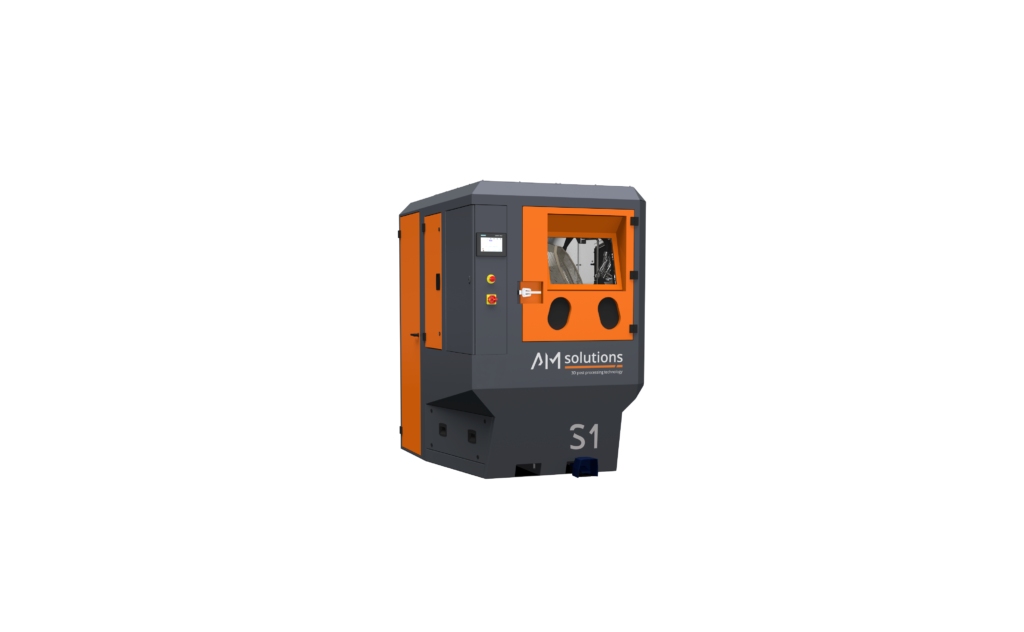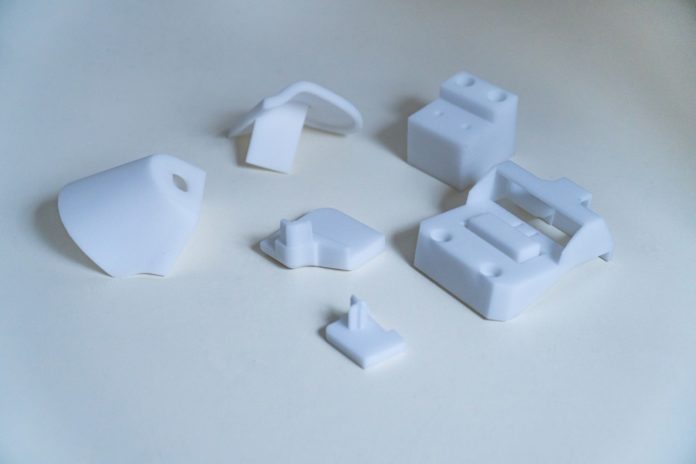“Even with only three print jobs per week in the S1, we already achieve a return on investment after roughly two years.”
Knaus Tabbert AG, a German car manufacturer that specializes in the fabrication of recreational vehicles has been relying on new technologies to improve the manufacturing of its vehicles. At its German headquarters in Jandelsbrunn, Bavaria, the company has increased automation across a number of manufacturing processes it relies on.
AM has always been an essential manufacturing tool among their processes. No information has been shared so far on the various types of AM processes the team leverages in-house; however, we do know the technology is used to produce prototypes and to create standard components in volume. These components include for instance, the bracket for an alarm system or the hinge mechanism for the swing-out shower stall.
That being said, one of the main challenges Knaus Tabbert AG encounters in its use of AM is at the post-processing level. For parts manufactured on their powder-bed fusion machine, the team used to conduct post-processing in a blast cabinet –manually. The results happened to be time-consuming and inconsistent hence the search for a more automated process.
Following extensive processing trials of different components in the Customer Experience Center of AM Solutions – 3D post processing technology – a manufacturing division of the Rösler group dedicated to post processing of 3D printed components -, the car manufacturer decided to bet on the S1 shot blasting system.
 Unveiled in October 2020, this surface treatment machine is a plug-and-play unit that suits the removal of residual powder on plastic components produced on powder-based 3D printing systems. It is equipped with a swivel-mounted rotary basket for ergonomic loading/unloading that also prevents contamination in the production environment, as well as swivel-mounted blast nozzles that prevent re-contamination of treated parts.
Unveiled in October 2020, this surface treatment machine is a plug-and-play unit that suits the removal of residual powder on plastic components produced on powder-based 3D printing systems. It is equipped with a swivel-mounted rotary basket for ergonomic loading/unloading that also prevents contamination in the production environment, as well as swivel-mounted blast nozzles that prevent re-contamination of treated parts.
According to AM Solutions, the integrated blast media cleaning and recycling system represents another reason for the high process stability. It ensures that irrespective of the media type the media is always available in perfect condition. Another plus is the explosion protected design of the shot blast machine with ATEX compliant motors and valves.
Mario Meszaros, development engineer at Knaus Tabbert, states – acknowledging the improved cleaning results and quick amortization: „The fact that after surprisingly short cycle times the components came out of the machine perfectly clean and without any powder residues was very impressive”. He continues: „With the underlying operating data I prepared a ROI calculation. The results quickly convinced our management: Even with only three print jobs per week in the S1, we already achieve a return on investment after roughly two years. However, it is safe to assume that the quantity of 3D printed components will increase significantly. This will drastically reduce the amortization period.”
Remember, you can post job opportunities in the AM Industry on 3D ADEPT Media free of charge or look for a job via our job board. Make sure to follow us on our social networks and subscribe to our weekly newsletter : Facebook, Twitter, LinkedIn & Instagram ! If you want to be featured in the next issue of our digital magazine or if you hear a story that needs to be heard, make sure you send it to contact@3dadept.com.






